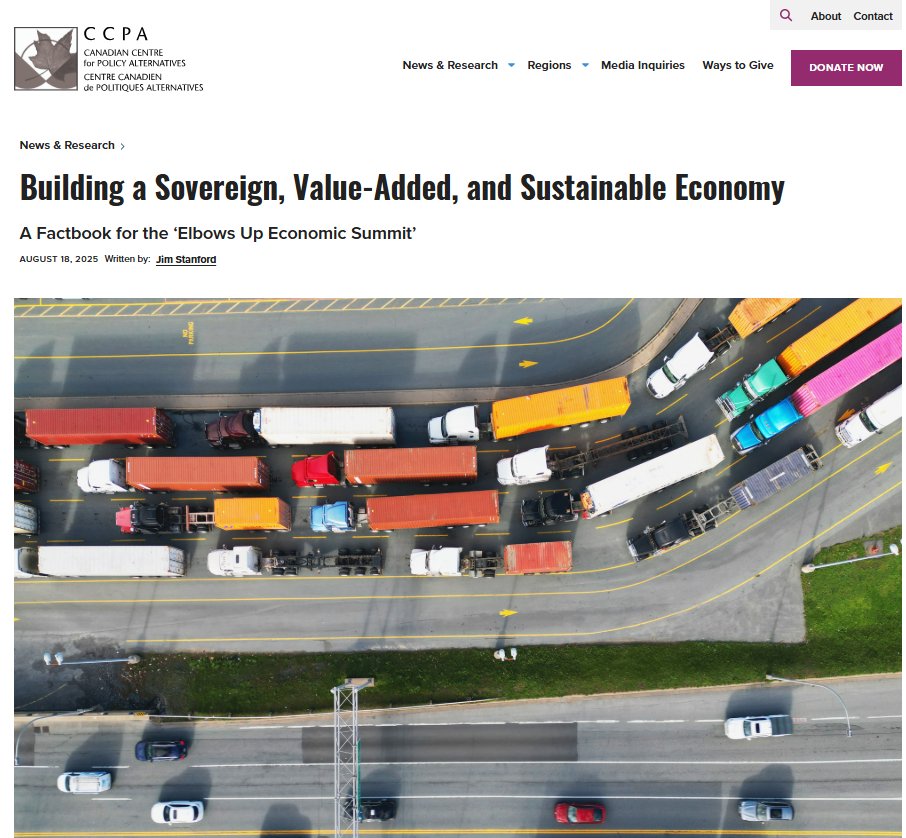THREAD on today's #ABS #GDP report, confirming Australia's 30-year recession-free streak is over. GDP shrank 0.3% in the March quarter (and will fall much more than that in the June quarter). So that marks the official start of a recession...2 @CntrFutureWork @unionsaustralia
Remember: the COVID lockdowns started just in the last 10 days of the March quarter. So they could not have impacted quarterly averages much. Rather, the seeds of this recession were planted long before #COVID19 hit our shores...3
The biggest drag contributing to lower GDP was a 1.1% fall in consumer spending: worst since 1986, 3rd worst on record. That wasn't due to COVID19: in fact, panic buying in March *boosted* retail sales. Lower consumer spending was due more to the #bushfires...4
Exports fell more (3.5%) than consumer spending, but that was more than offset by a bigger fall in imports (down 4.9%), so the trade sector added to GDP in the quarter. Falling imports reflected weak consumer and investment demand--that's more bad news than good news...5
As before, very weak wages and high consumer debt also undermined consumer spending. Aggregate nominal wages grew just 0.5%, weakest in 3 yrs, and barely matching the 0.5% increase in employment in the quarter. That means nominal per worker compensation was dead flat...6
So wages were dead in the water even before #COVID19 came along. That sets the stage for deflating wages (and hence prices) now. Governments arguing for public sector wage freezes, and employers forcing wage cuts, will only make things worse...7
Business investment is also falling: declining again by 0.4%, now down a cumulative 25% from 2013. Proof we will need a public-led engine to get the economy moving again. But perhaps the biggest disappointment in today's numbers was *public* investment: down by 3% from Dec...8
This proves all those ribbon-cutting photo-ops and sports rorts announcements in election year 2019 were all optics. The decline in real public investment spending contributed to lower GDP, instead of preventing it (as could and should have occurred)...9
In sum, this GDP drop is not a tale of pandemic. It is a tale of domestic economic mismanagement. Now a more painful story of pandemic will be layered on top of it: expect much worse numbers in coming months. We can't let the govt blame COVID for a mess largely of its own making.
• • •
Missing some Tweet in this thread? You can try to
force a refresh











